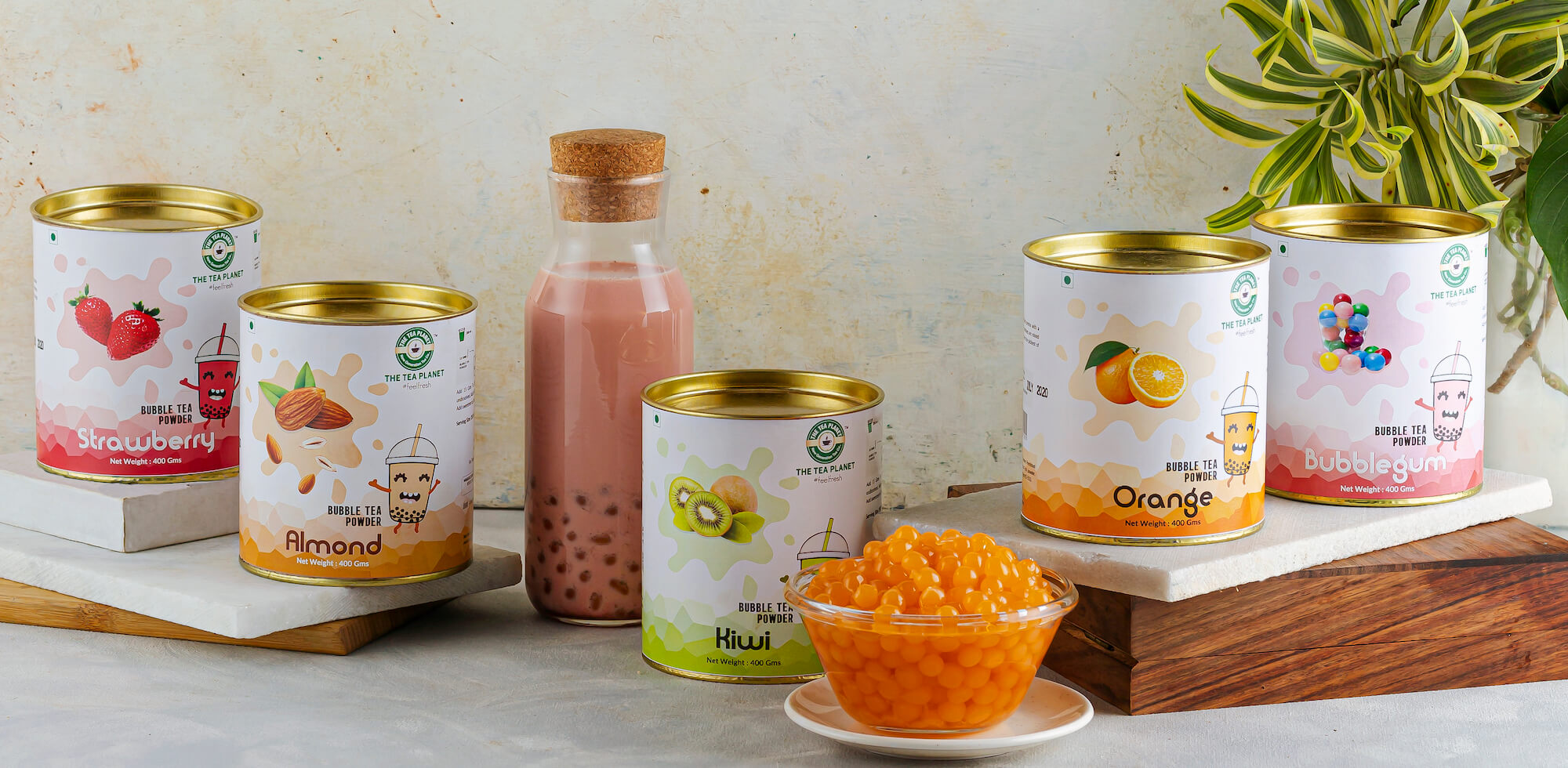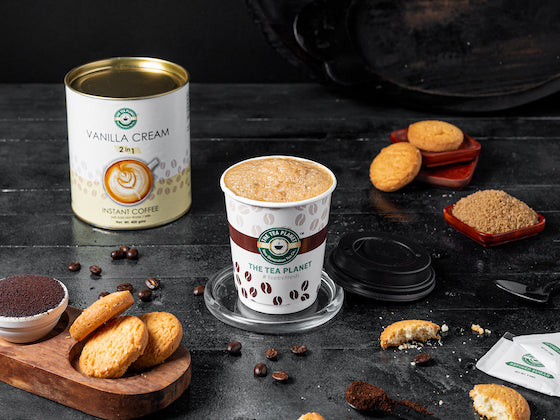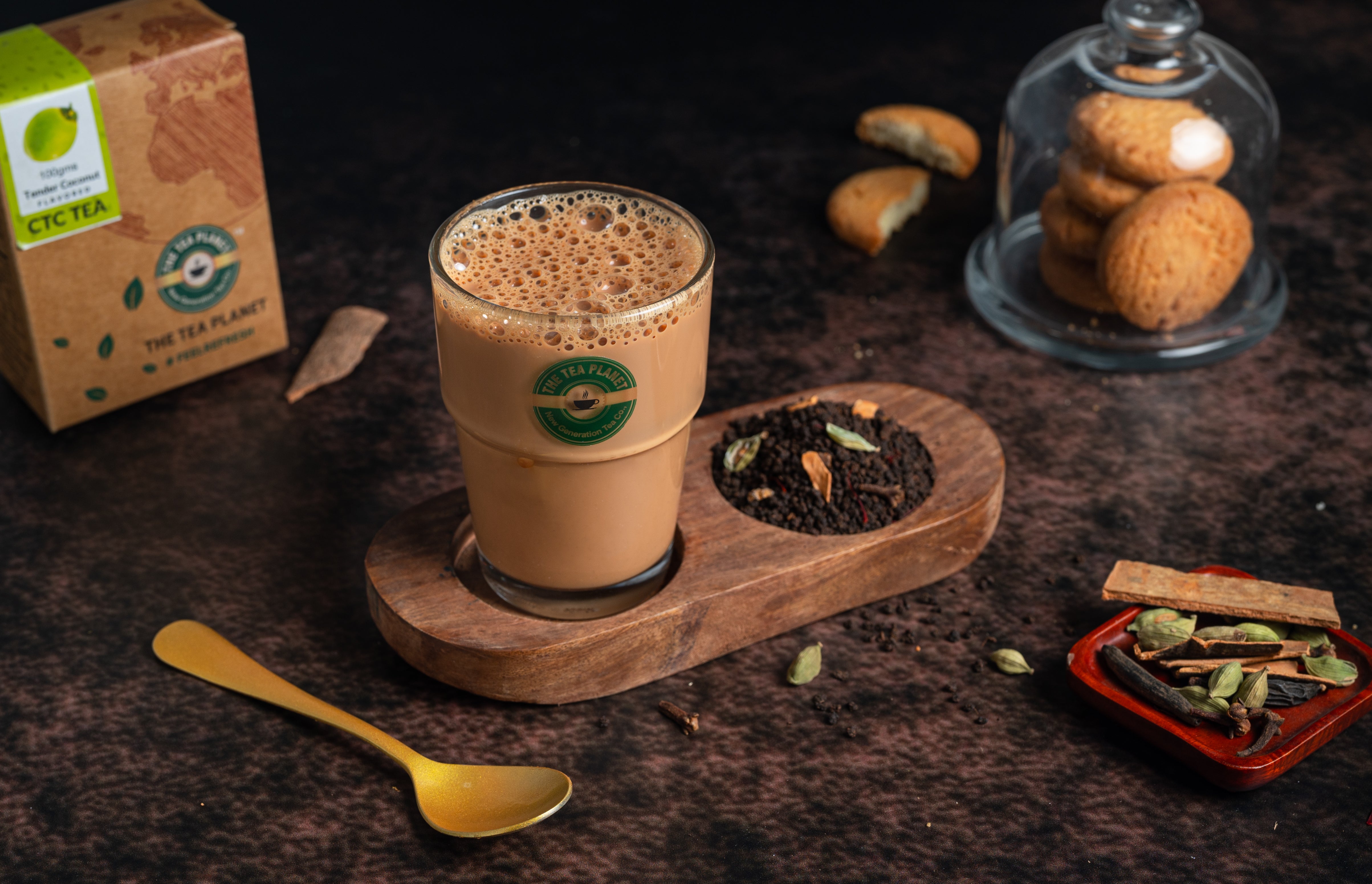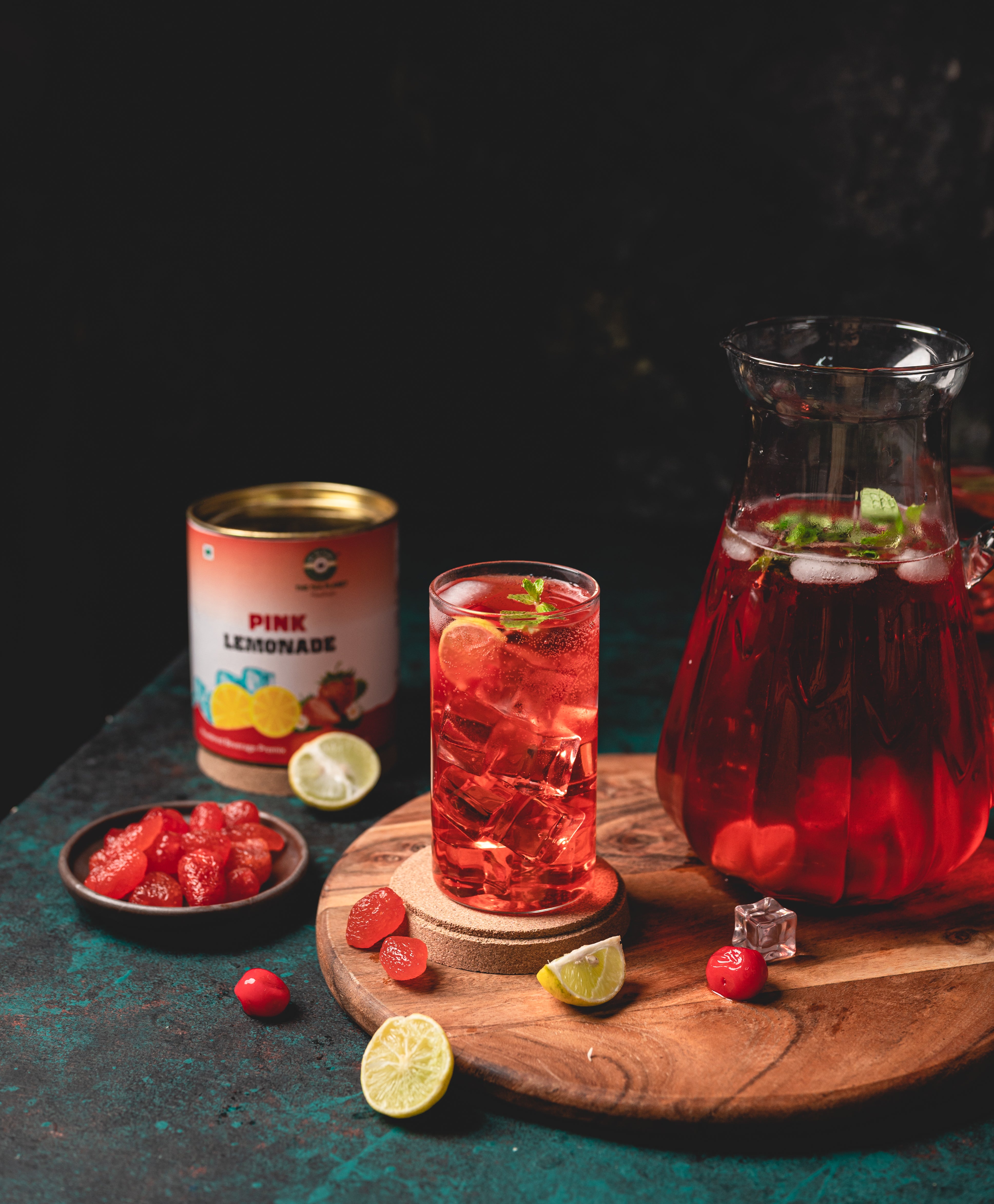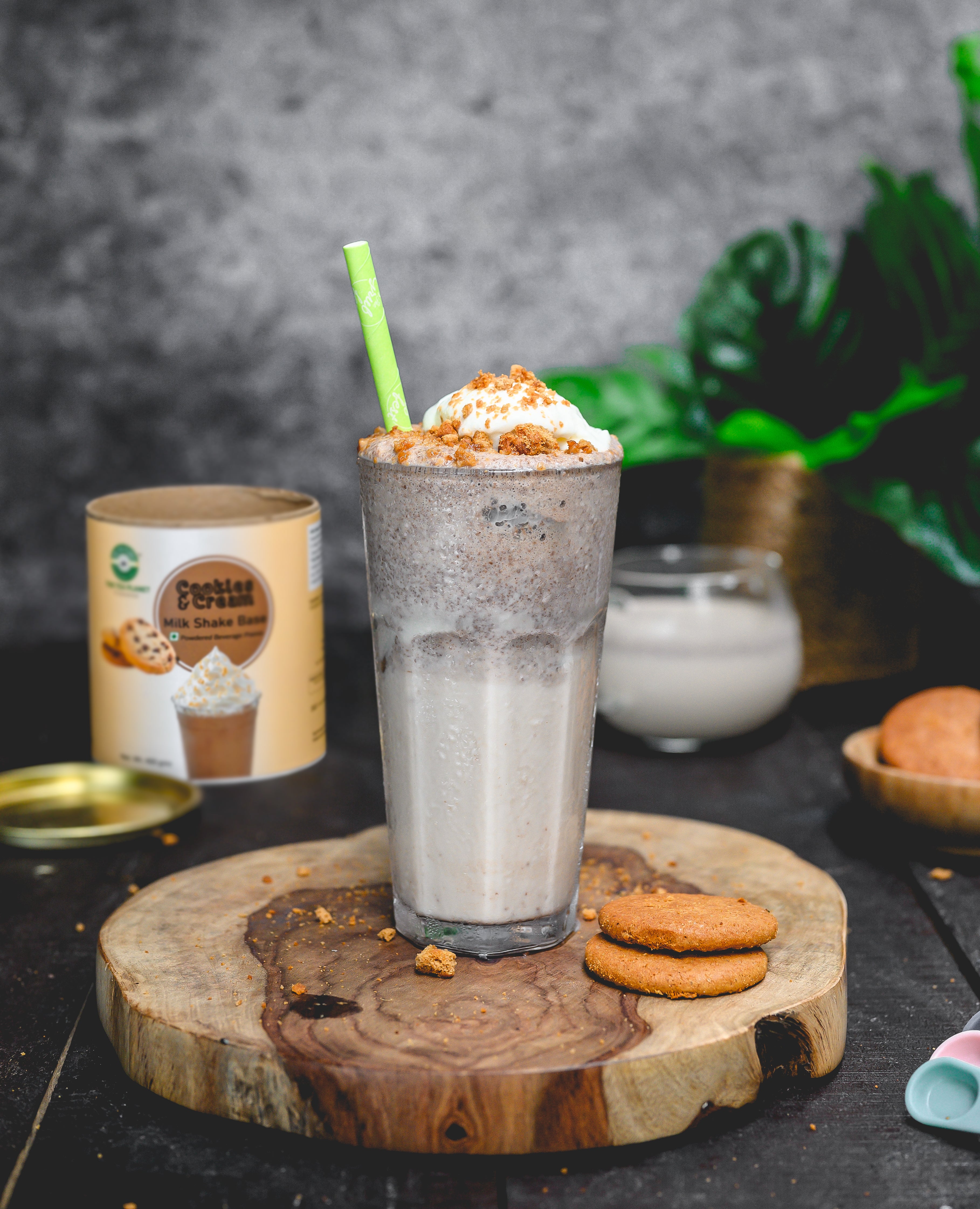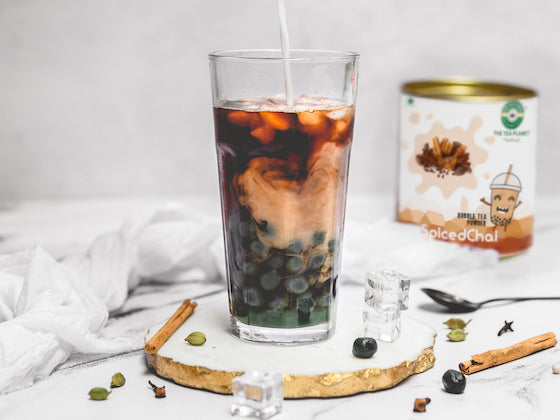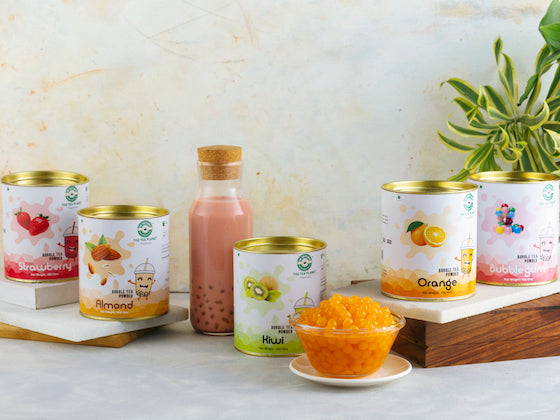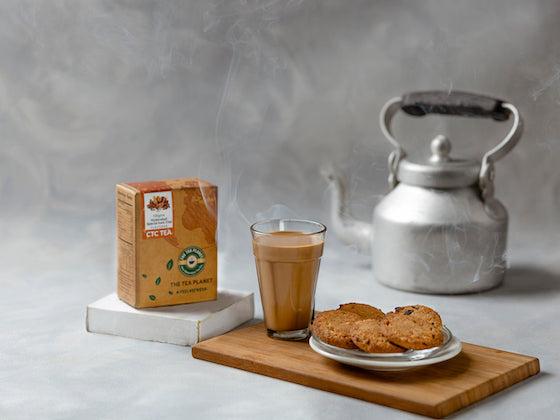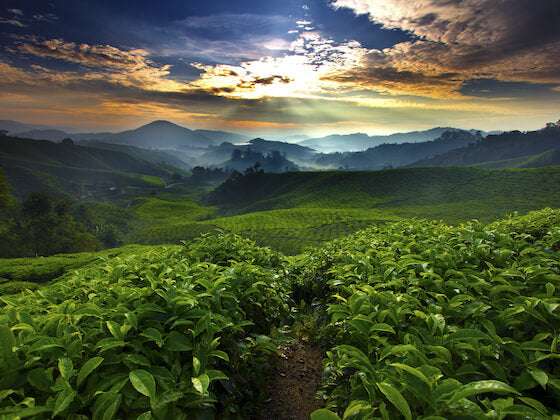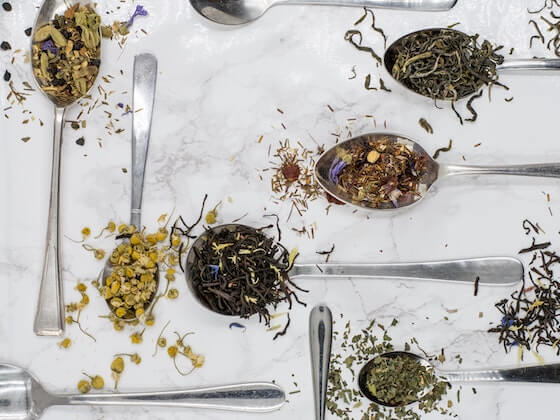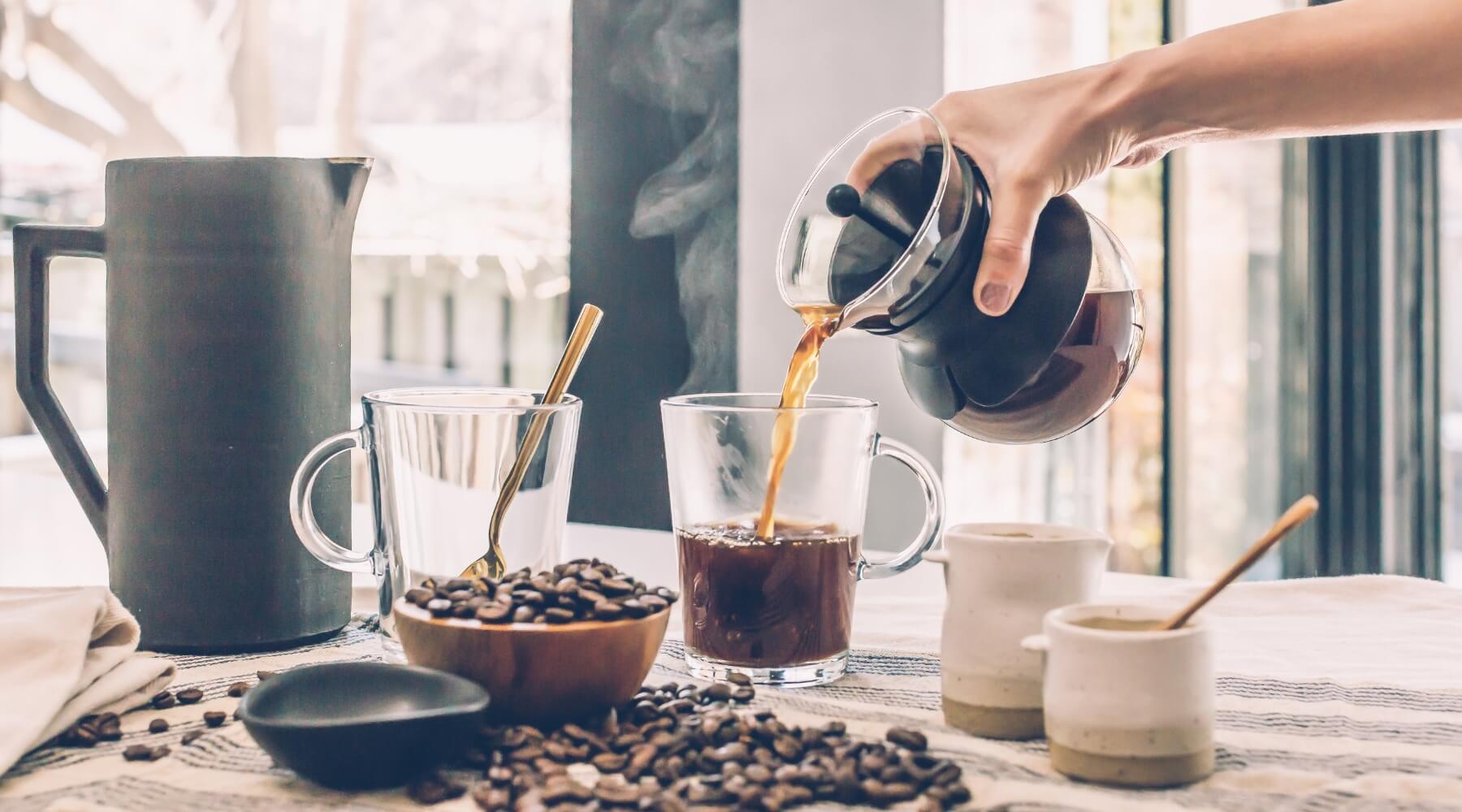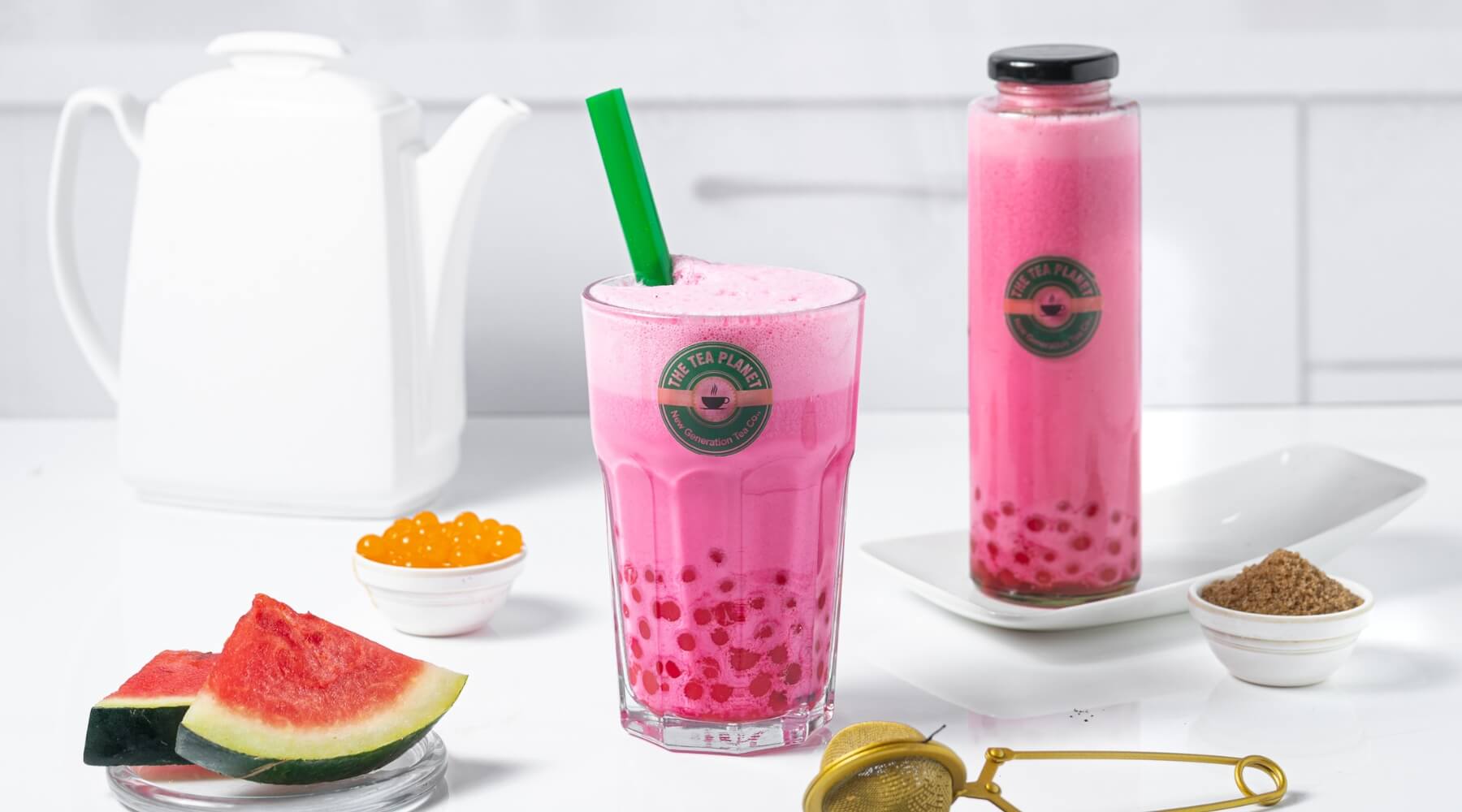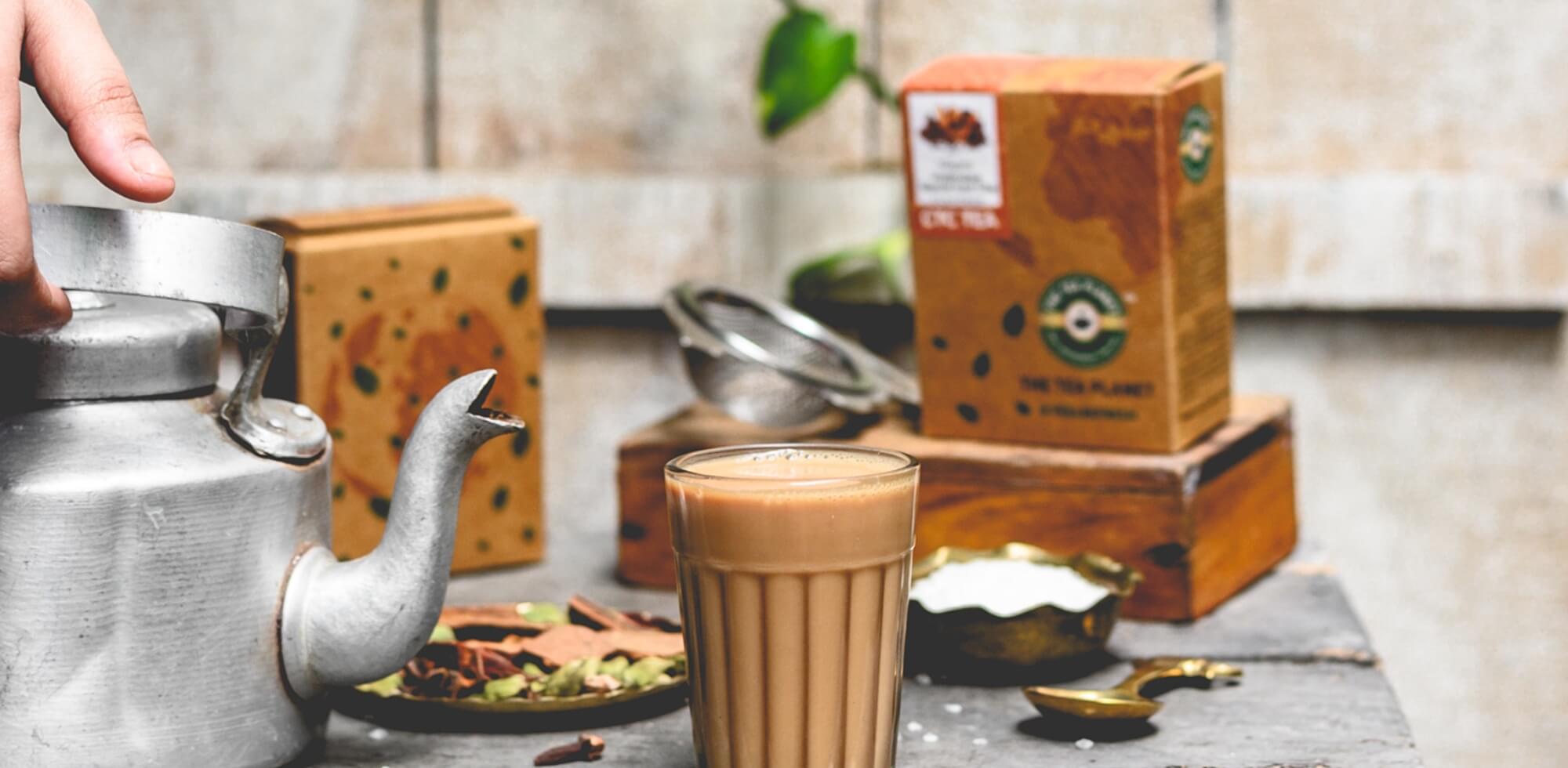Darjeeling tea leaves are grown in Darjeeling, West Bengal. It is always referred to as “Champagne of teas” because it’s similar to Muscat wine. The tea leaves are extracted from a Chinese plant Camellia sinensis which is thin, transparent, and has mossy, vegetal, fruity, and citrus flavors. The specialty of Darjeeling tea is that it can be processed in black, white, green, or oolong tea.
Darjeeling tea has periodic harvests called flushes. The first flush occurs from mid-March to May, the second flush occurs from June to mid-August, and the third flush is between October and November. All the flushes have a distinct color, taste, and aroma. The tea ferments are exposed to oxygen, and this is when you see the three varieties of tea, black, oolong, and green tea.
Is Darjeeling tea the same as black tea?
Both the tea leaves come from Camellia sinensis species, and they can also be used to make green, white, and oolong tea depending on the processing techniques and harvesting. Darjeeling tea is allowed to grow only by certified cultivators, which sets them apart from black tea.
When is the best time for consumption?
The best time to drink Darjeeling tea is mid-morning or early afternoon. Since it has some amount of caffeine, you should avoid drinking it in the evening, and for those who have stomach issues, it is better to avoid its consumption on an empty stomach.
Preparation of Darjeeling tea
Take a warm teapot and add one teaspoon of Darjeeling tea leaves. Boil water for a few minutes and mix it with the tea. Allow the tea leaves to soak and blend well in the tea. Generally, Darjeeling tea is served without milk, sugar, or lemon. If you would prefer to add them, you can.
Caffeine amount in Darjeeling tea
Caffeine content depends on the flush; the tea can contain 50 milligrams in one serving which is more than black tea and less than black Assam tea. One good thing is it has less acidity when compared to black tea or coffee.
Where can you buy and store the tea leaves?
You can buy tea bags or loose from grocery stores, coffee/tea outlets, or online retailers. Darjeeling teas are sweet-scented but will lose their fragrance when it is open for a long time. They are delicate to direct sunlight, strong smell, and air so, it’s better to keep them sealed in a container.
Varieties of Darjeeling tea
First flush tea: It is the first type of tea harvested during the spring. This tea is transparent and light in color which smells like floral scents that are strong and unique. This flush is generally higher-priced than other flushes.
Second flush tea: This type comes with a strong flavor, pitch dark color. The tea inherits a fruity taste; the distinct flavor is due to the weather, plant types, and topography.
Third flush tea: It is a coppery-colored tea harvested in the autumn season. This is not as expensive as the first and second flush teas.
Monsoon flush tea: It is mainly used for masala tea and is distributed at low prices. This kind of tea is more oxidized.
In-between flush tea: Their characteristic is much similar to the first flush tea but is low in quality.
Darjeeling tea is graded based on the size and quality of the tea leaves. There are four categories of tea leaves: whole tea leaves, broken leaves, dust, and fannings. Entire leaves are the top quality, and dust is the lowest. Fannings are tiny leaf particles, while dust is the waste out of tea leaves.
Health benefits of Darjeeling tea:
Enriched with plant chemicals: Camellia species is rich in polyphenols, phytochemicals, and antioxidants. It can minimize heart disease, obesity, and diabetes.
Great help for weight loss: This unsweetened tea has fewer calories and supports weight loss. Tea always replaces high-calorie beverages.
Antimicrobial qualities: Its antimicrobial properties can improve your oral health and treat bacterial infections of the gastrointestinal tract.
It keeps you relaxed: Darjeeling tea has some calming qualities. One study found that the fragrance of Darjeeling tea and other types of black tea can enhance and keep us relaxed during stressful situations.
Neuroprotective: Green and black teas are rich in tannins which are good for the nervous system and brain health.
The tea industry is not just the central component of the hill people of Darjeeling but is also the backbone of the economy. Many tea estates are situated in Darjeeling and Kurseong, and it is the lifeline and source of income for many people.
Apart from regional development, the tea industry is also responsible for ecological balance. Tea gardens cannot cause pollution in the air or water and are harmless.
Since Darjeeling tea’s popularization, the competition was high, and production increased in no time. Store numbers started growing, and the quality was exceptional as well. To date, Darjeeling tea is the king of all teas.
